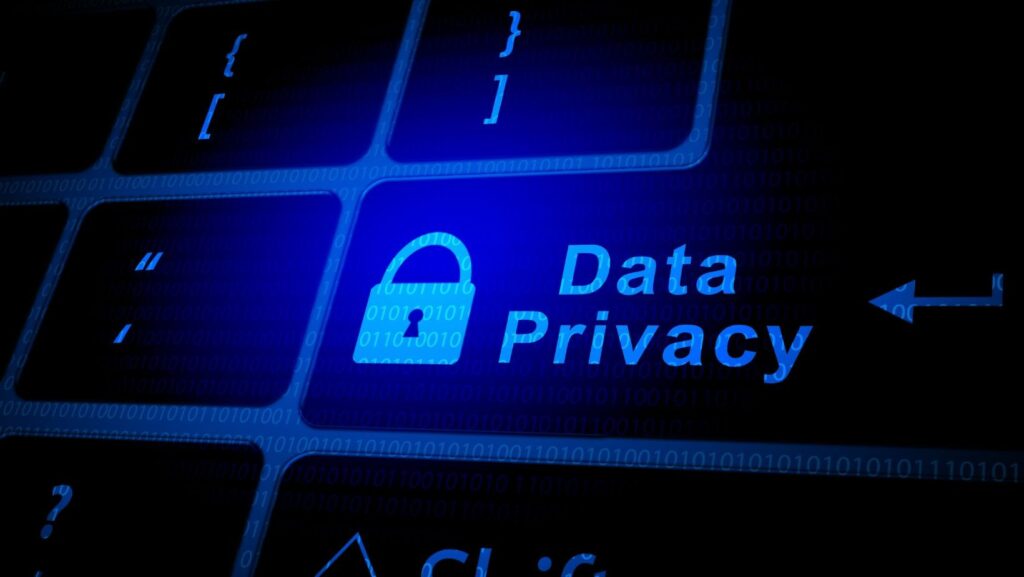The modern internet was built on openness, yet its very design has created new challenges for privacy and identity. Every digital interaction leaves a trace, and while that data fuels innovation, it also exposes individuals to risk. From unauthorized data collection to large-scale breaches, the question of how much privacy remains in a connected world has become one of the defining debates of our time.
For years, security was seen as a purely technical issue. Firewalls and antivirus software were enough to protect users from basic threats. Today, however, digital identity theft, phishing, and behavioral tracking require far more sophisticated strategies. The internet has evolved, and so must the tools that protect those who use it.
The Erosion of Personal Boundaries
Digital life has blurred the distinction between public and private. Activities that once felt personal, such as shopping, socializing, or financial management, now take place on shared networks managed by multiple third parties. While convenience has improved, so has exposure. Personal data can be collected, analyzed, and sold without clear consent.
Even well-intentioned users struggle to maintain control over their information. Signing up for an online service can trigger data sharing across dozens of companies. The rise of generative AI and predictive analytics adds another layer of complexity, where even anonymized data can be reassembled into identifiable profiles.
Identity as a Digital Asset
Identity theft no longer means a stolen credit card or hacked email. It can involve deep data impersonation where entire digital identities are cloned, reused, or sold. Criminal networks now treat personal data as a tradable commodity, exploiting the fragmented nature of online authentication systems.
Businesses are under pressure to respond. Regulations such as the GDPR and CCPA have redefined how data can be handled, forcing transparency and accountability. But legislation alone cannot secure user identity. Individuals and organizations must take proactive steps to protect themselves against both external threats and internal vulnerabilities.
The Role of Behavioral Awareness
Most cyber incidents begin with human error. Clicking a malicious link, downloading an unverified attachment, or reusing passwords across multiple platforms can all lead to serious breaches. Raising digital awareness is therefore just as important as implementing security tools.
Effective privacy protection depends on education as much as on software. When people understand how their data travels through digital ecosystems, they make smarter choices about consent, sharing, and authentication. Many organizations now combine technology with training programs that teach employees how to identify scams, verify domains, and report suspicious activity.
Practical Steps to Strengthen Digital Privacy
While complete anonymity is nearly impossible online, users can adopt practices that significantly reduce their exposure.

The most effective measures include
- Using encrypted browsers or extensions that block tracking cookies
- Enabling two-factor authentication for all major accounts
- Regularly monitoring credit and financial reports for unusual activity
- Updating passwords through secure managers instead of manual storage
- Reviewing app permissions and data-sharing agreements frequently
These steps create layers of defense that limit how much personal data can be exploited.
Technology as a Partner in Protection
The market for identity protection and privacy management has grown rapidly, offering solutions that monitor, alert, and secure user data across multiple channels. Unlike traditional antivirus tools, these platforms address identity theft directly, providing credit monitoring, breach alerts, and browser-level protection.
For individuals and businesses navigating this landscape, comparison and transparency have become essential. Understanding how tools differ in scope, coverage, and usability helps users select the right fit for their specific needs.
Cybernews provides an in-depth comparison of Guardio vs Aura, outlining how both services approach digital protection from different perspectives. The analysis shows that each platform prioritizes user privacy and threat detection differently, with Guardio focusing on browser-based defense and Aura extending protection to financial monitoring and identity restoration. According to Cybernews, the growing diversity of these solutions reflects how users are seeking layered defense strategies that go beyond simple malware prevention.
A New Understanding of Privacy
Digital privacy is no longer just about keeping secrets. It is about maintaining control. Every user now plays an active role in defining how much of their identity they share and with whom. The goal is not isolation but informed participation in a connected world.
As awareness rises and technology matures, the future of privacy will depend on collaboration between users, providers, and regulators. Cybernews highlights that the growing sophistication of services like Guardio and Aura shows how privacy is evolving into a shared responsibility rather than an individual burden.
Protecting What Defines Us
Personal identity has become one of the most valuable currencies in the digital age. Protecting it requires more than vigilance; it requires understanding. By combining awareness with advanced security tools and trusted providers, users can reclaim a measure of control over their digital lives. Privacy may be changing, but its importance remains constant as it continues to define trust, connection, and what it means to be human online.

